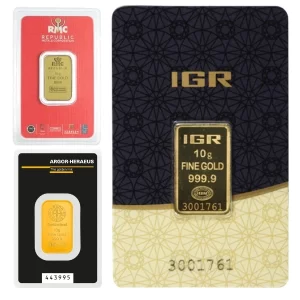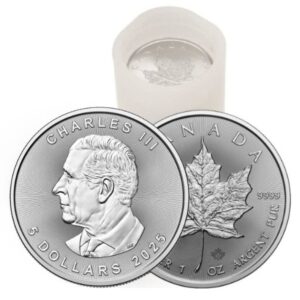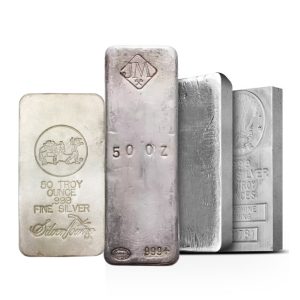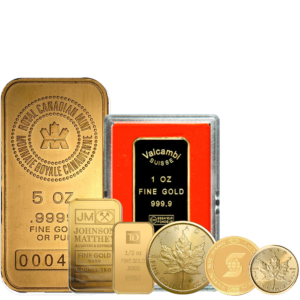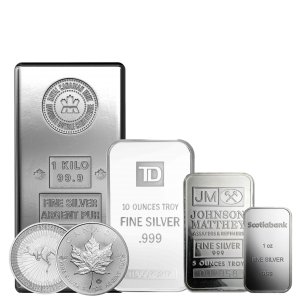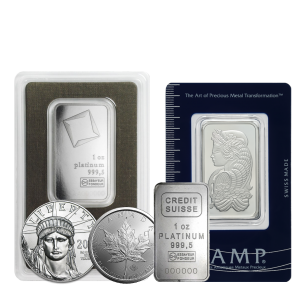Consequences of an Inflationary Recession
The Reality of a Recession
June was a crucial month in the financial world. The end of Q2 meant many were eagerly awaiting the official U.S. GDP announcement. However, the Q2 GDP reveal only confirmed what many already knew—it did not mark the start of a recession but proved that one had been ongoing since January 1st, 2022.
For the past six months, Jerome Powell (Federal Reserve Chairman), Janet Yellen (U.S. Secretary of the Treasury), and other leading economists assured the public that inflation was under control. They downplayed the risk of a slowdown, claiming the economy was booming. Yet, with hindsight, we see these statements were misleading. The reality was that the U.S. was already in a recession.
Changing Narratives and Economic Realities
As June progressed and the Q2 GDP report approached, the narrative shifted. Economists acknowledged that they faced a tough choice: accept surging inflation or counter it with aggressive interest rate hikes that could deepen the recession. This shift revealed a stark truth—the economy was weaker than they had initially claimed. The recession took hold even with the Federal Reserve barely raising interest rates above 1%.
History teaches us that past behavior predicts future behavior. Given the pattern of misleading statements, skepticism toward current narratives is warranted. A deeper look at economic reports reveals even more inconsistencies.
The Federal Reserve’s Quiet Admission
At the end of June, the Federal Reserve of Atlanta released a subtle yet significant update. Initially, they had projected a weak but positive 0.3% growth for Q2. However, this was revised to a contraction of 2.1%, following the 1.6% decline in Q1—officially confirming a recession.
This dramatic shift came just as the long weekend distracted many. But what does this mean for silver and gold investors? To answer this, we must examine why slowdowns happen and why they are necessary.
SILVER PRICE CHART
Why Economic Contractions Are Inevitable
After asset prices soar due to inflation and excessive money printing, a market correction is inevitable. Recessions, though painful, serve a purpose. Many people lose their savings and jobs, tightening financial conditions and reducing living standards. If prices continued to rise during a recession, the average person would suffer even more as income shrinks while costs soar.
For precious metals investors, understanding these conditions is crucial. The last similar period of stagflation occurred in the 1970s. Back then, gold and silver experienced massive gains:
- From 1970 to 1980, silver surged from $1.66 to $36.13 per ounce, a 2,076.51% increase.
- Gold rose from $35 to $677.97 per ounce, marking an 1,837.06% increase.
The Role of Interest Rates in Precious Metals Pricing
Understanding what halted gold and silver’s bull run in the 1980s is vital. The price surge was stopped by aggressive interest rate hikes. Paul Volcker, then Federal Reserve Chairman, raised rates to 20% to combat inflation. This strategy worked then but is not viable today.
Powell cannot follow Volcker’s playbook because of the U.S. national debt, now exceeding $30 trillion—30 times its 1980 level. If interest rates rose even to 2%, the U.S. would struggle to service its debt payments. Since 2008, artificially low rates have been necessary to keep the economy afloat.
The Inevitable Rush to Precious Metals
The Federal Reserve is far behind inflation, despite claims to the contrary. Gold and silver prices have yet to reflect the current stagflation conditions fully. Once markets realize that economic growth is stalling while inflation accelerates beyond 8.6%, a rush into silver and gold will be inevitable.
Ironically, those who discourage the public from buying gold and silver have been accumulating these assets since 2008. If abandoning the gold standard in 1971 was necessary to sustain a debt-based system, could reintroducing gold and silver now be the key to stabilizing it? Given that central banks have been stockpiling precious metals for over 15 years while downplaying their importance, the timing is certainly intriguing.
GOLD PRICE CHART

 Hi,
Hi,






